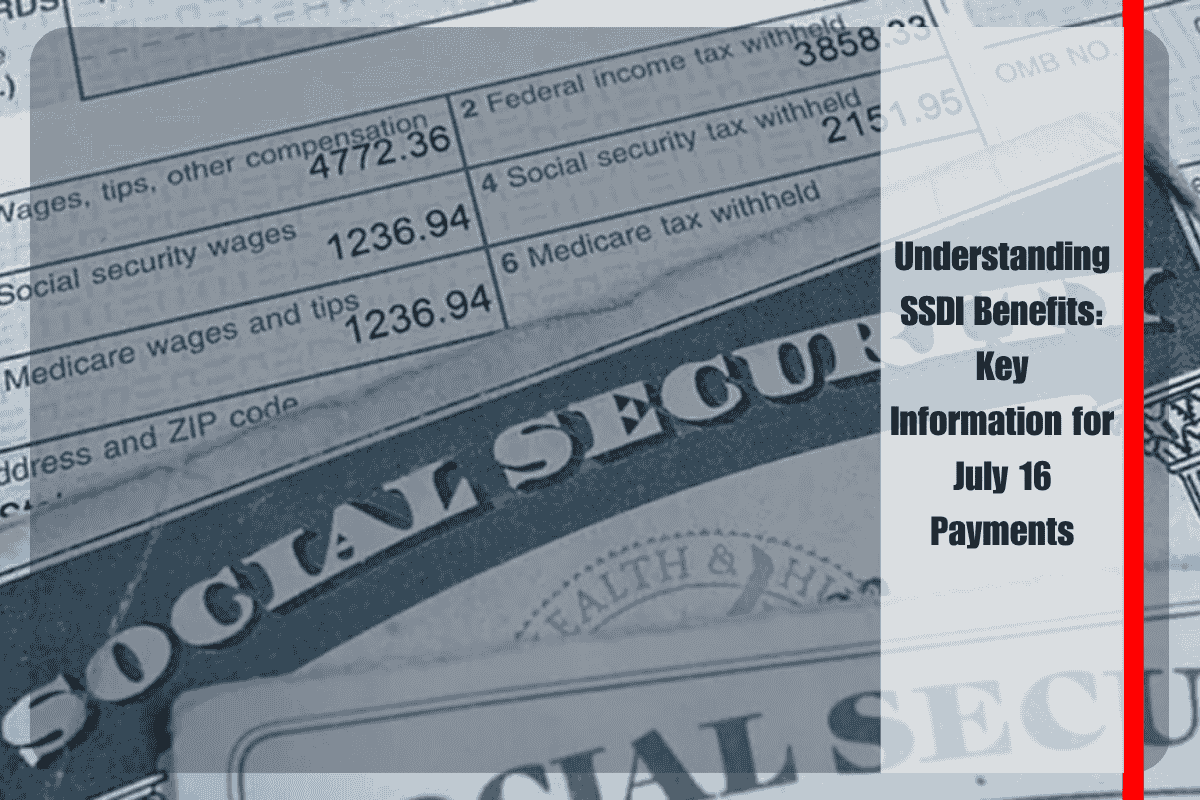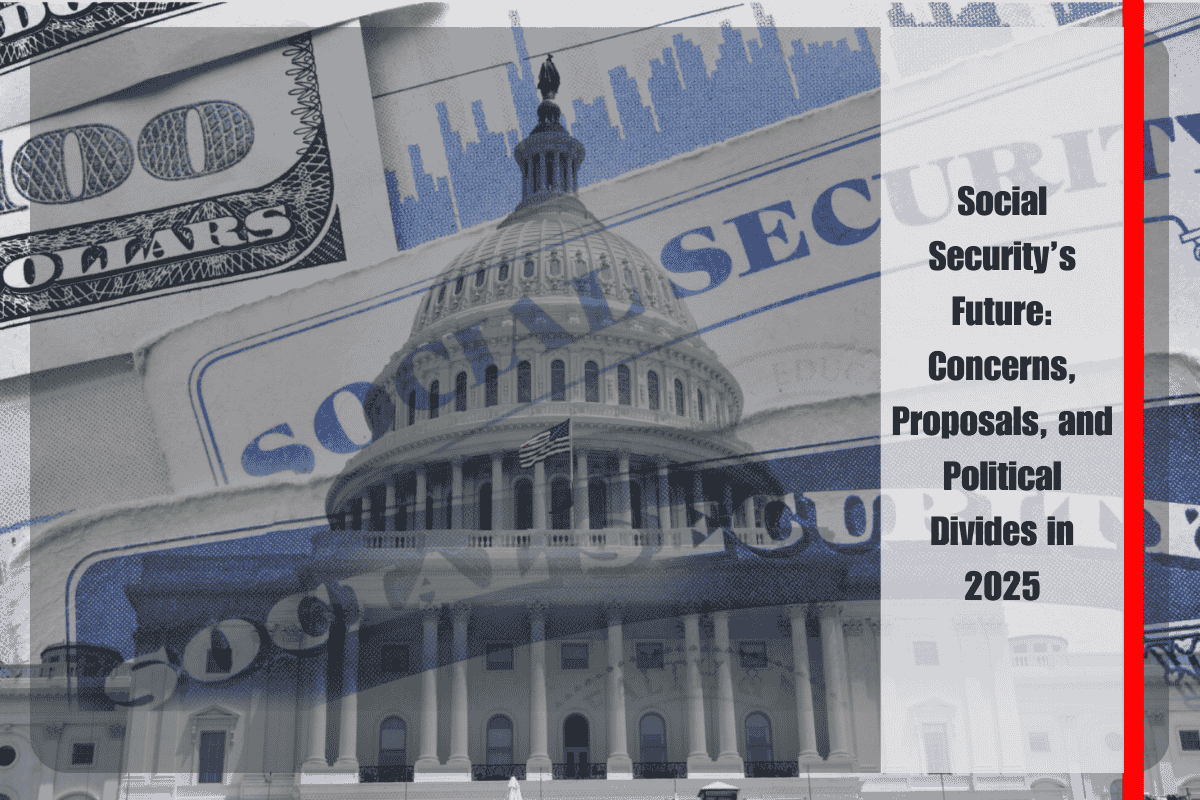The second group of Social Security Disability Insurance (SSDI) beneficiaries will begin receiving their payments on July 16, 2025. If you are one of the recipients, it’s crucial to ensure you meet all necessary requirements to avoid losing access to your benefits. There are certain income limits that apply to SSDI beneficiaries, and it’s important to make sure your total income doesn’t exceed these limits to continue receiving payments.
What You Need to Know About SSDI and Income Limits
If you’re an SSDI beneficiary and receive other forms of income, you must make sure your total income stays below the monthly limit. The limit varies depending on whether you’re blind or not:
If you are not blind, your income should not exceed $1,530 per month.
If you are blind, the income limit is higher, at $2,590 per month.
It’s essential to update Social Security with any changes to your income, and this can easily be done through your mySocialSecurity account.
What is Social Security Disability Insurance (SSDI)?
Social Security Disability Insurance (SSDI) is a program administered by the Social Security Administration (SSA), which provides monthly payments to people who are disabled, partially or completely blind, or unable to work due to their condition. This program is funded by payroll taxes and offers financial support to help individuals with disabilities.
Eligibility for SSDI depends on having a recognized disability and a history of working in jobs that contributed to Social Security. Your total income, including any other benefits or earnings, is also considered when determining your eligibility.
The July 16 SSDI Payment for the Second Group
SSDI payments are divided into different groups, with each group receiving their payments on a specific day of the month based on their date of birth. The second group, consisting of beneficiaries born between the 11th and 20th of the month, will receive their payments on July 16, 2025.
However, several factors can affect the amount of the benefit or potentially prevent you from receiving it altogether. For example, exceeding the maximum income limit could result in a reduction or cancellation of your SSDI benefits.
How to Ensure You Keep Your Benefits the Same
To keep your SSDI payments consistent, it’s vital to stay within the income limits set by the SSA. The Social Security Administration has established these income caps to maintain fairness, as some people with disabilities may be able to work part-time, while others cannot.
As an SSDI beneficiary, here’s what you need to keep in mind:
Your monthly income must be less than $1,530 if you’re not blind.
If you are blind, the limit is $2,590 per month.
You must also keep track of any income changes and update your information regularly on the mySocialSecurity website. This helps ensure that your benefits are not reduced or canceled due to exceeding the income threshold.
How to Stay Within the Income Threshold
Keeping track of your monthly income is simple. Make sure to verify that it doesn’t exceed the maximum allowable limit. You can also check your work history on mySocialSecurity, as long as your information is up-to-date.
If you’re unsure whether you’re within the income limit, you can request a work status verification letter from the SSA by calling or visiting your local office.
The Trial Work Period (TWP) Exception
There is an important exception to the income limits: the Trial Work Period (TWP). If you are in a TWP, you are allowed to earn more than the established income limits for a specific period without losing your SSDI benefits. This period is designed to help you test your ability to work while still receiving benefits. If you’re unsure whether you’re in a TWP, you can verify your status with the SSA.
Cost of Living Adjustment (COLA) and SSDI Payments
The Cost of Living Adjustment (COLA) is an annual increase applied to SSDI payments, usually in January. This adjustment helps beneficiaries keep up with inflation. It’s important to note that any changes in your SSDI payment amount are due to the COLA and not any other reason, unless extraordinary decisions are made by the SSA.
Receiving Social Security Disability Insurance (SSDI) is a vital source of income for many people with disabilities. To make sure you continue receiving your benefits, it’s important to keep your income below the specified limits and report any changes. Additionally, always check your payment dates, especially the upcoming ones for the second group on July 16, 2025. By staying on top of these details, you can ensure a steady flow of support and avoid disruptions in your payments.












